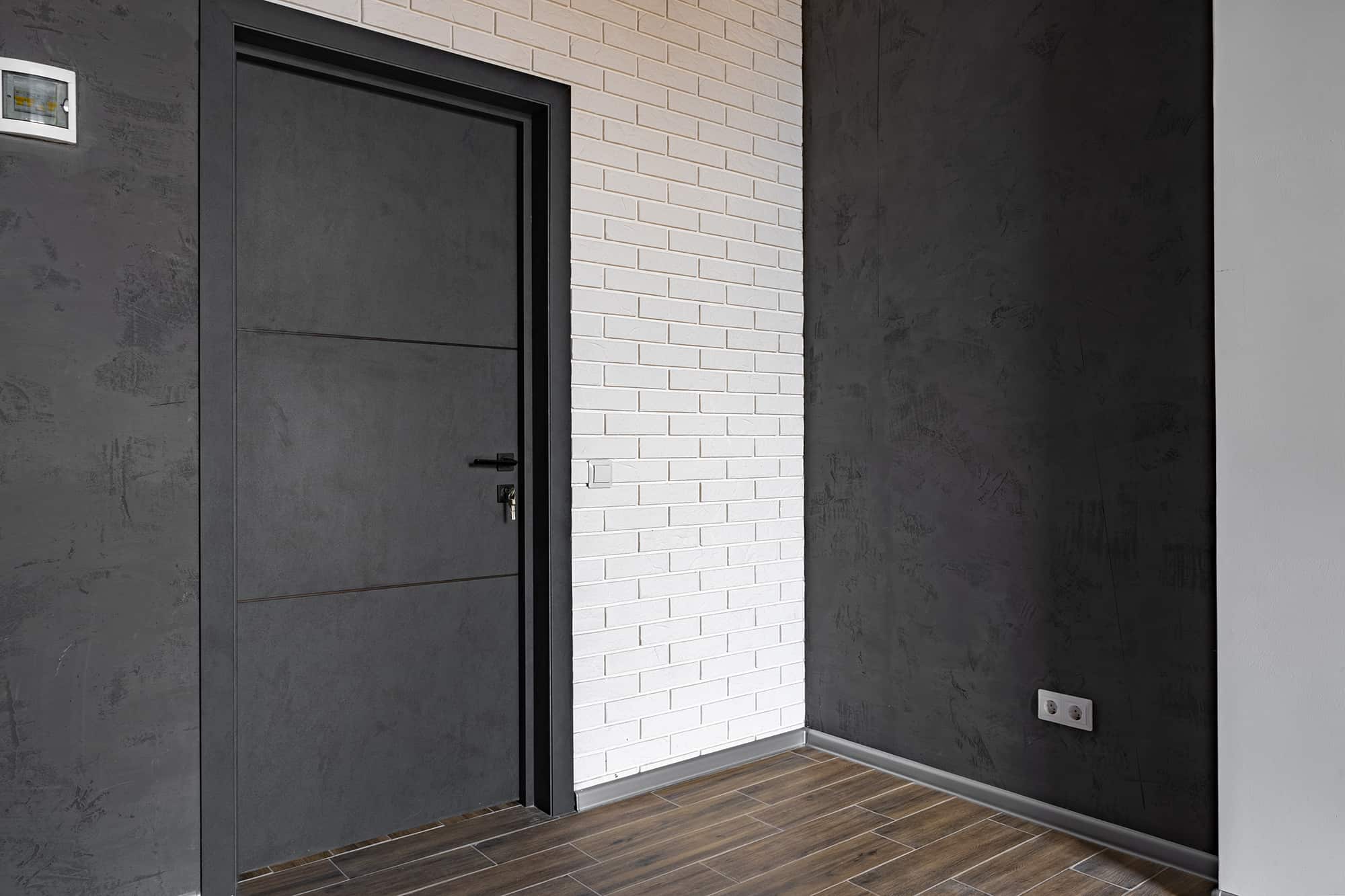Commercial doors, which can be found in buildings such as retail stores, office buildings, and hotels, must be chosen with particular care. Commercial doors typically need to be more durable than residential doors, allowing them to withstand high levels of traffic and abuse. Commercial doors are also subject to building and fire code requirements. Three of the main factors to consider when choosing entrance doors are fire protection, means of egress, and accessibility.
1. Fire Protection
As a business owner, it’s important to consider the installation of fire and smoke protective doors. These types of doors must be certified and correctly installed in order to stop the spread of smoke and fire in an emergency. A fire door is any closure (including its assembly, such as the frame, doorknob, etc.) that adheres to a fire protection rating. A fire protection rating is the time that a closure, window assembly, or glass block assembly will withstand the passage of flame when exposed to fire. Similarly, a fire resistance rating is the time that a material or assembly of materials will withstand the passage of flame and the transmission of heat when exposed to fire under specified conditions. These ratings must be implemented correctly to ensure fire safety in your commercial business.
2. Means of Egress
Egress is widely defined as a place or means of going out (i.e., an exit). Ontario law sets out guidelines for safe or unrestricted egress to allow for a clear way for customers to exit the building in case of an emergency. The means of egress is defined as a continuous path of travel provided for the escape of persons from any point in a building or contained open space to a separate building, an open public thoroughfare, or an exterior open space protected from fire exposure from the building. An entrance door, which often doubles as an exit door, must allow occupants to exit the building safely and easily, without any obstacles that could restrict or confuse the occupant from exiting the building.
3. Accessibility
Ontario law states that the principal entrance to a building must be barrier-free. A barrier-free path is identified as a path of travel with a clear width of not less than 860 mm when the door is in the open position. Further, door opening devices (such as push openers) must be operable using a closed fist and be mounted not less than 900 mm and not more than 1,100 mm above the floor. Buildings used for major occupancies, such as business and personal services or mercantile occupancies, mustbe equipped with a power door operator. Ensuring the entrance to your business is accessible to those with disabilities is an important way to follow the rules and guidelines set out by the Accessibility for Ontarians with Disabilities Act.
To guarantee that your entrance doors are up to par – along with everything else your commercial building needs – always hire only reputable, experienced construction professionals. At Pulse Construction, we’re committed to doing business with an honest, professional, and competitive approach – without compromising safety or schedules. Contact us today for all of your building needs.



